safe enough
on creating sangha and building solidarity across difference
If you have yet to, please consider finding a way to support the LA Wildfire recovery efforts. Mutual Aid LA Network is maintaining a spreadsheet of resources for people affected by the fires and are updating it with new resources or calls for volunteers & donations. This is a great place to start.
As the Trump administration begins to enact dehumanizing policies and immigration raids, I urge you to think about how you are supporting the most vulnerable and marginalized in your communities. To that end, take a moment to review the resources provided by the New York Immigration Coalition. Via their website: “Our New York State Community Toolkit is an all-in-one resource guide for community members, partners, and allies. It is updated regularly based on changing laws and policies, and connects immigrant New Yorkers with resources across the state.”
I recorded the audio of this month’s SLOWLY, SLOWLY. You can listen above.
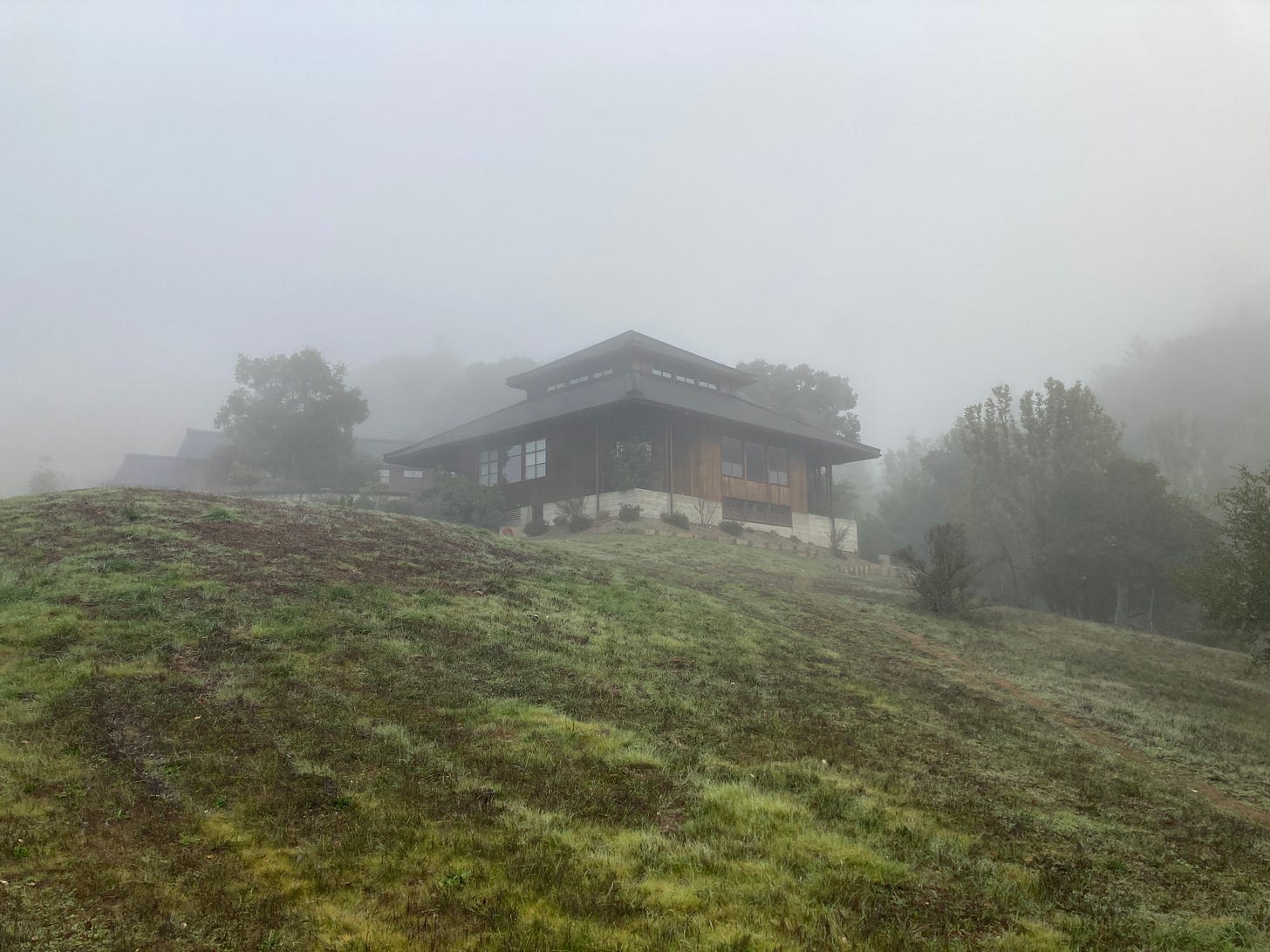
Dear Friends,
I am just returning from an exquisitely exhausting and activating retreat week marking the start of my Community Dharma Leader (CDL) program. I shared a bit about the program when I was first accepted but for a quick refresher: CDL is a two-year training program that equips dharma practitioners with skills and resources to carry the dharma forward in their communities. Hosted through Spirit Rock, the first CDL program took place in the late 1990s. Now, in the present day, myself and 74 others are stepping into a lineage of friction, connection, impact and heart-work that precedes the CDL program.
This retreat differed from any other I’ve ever taken because we spoke throughout the week. Yes, there were periods of silence from 9 pm - 9 am each day, and often throughout afternoons to integrate learnings. But otherwise, there was a heavy emphasis on relating to one another. Where I am used to the refuge of an anonymized existence that complete silence offers (a very comfortable space for me), this past week I was thrown into a relational crash course in sangha. I perhaps should have been prepared for this. The CDL program has a particular karma of contention. And that point aside, much of our first month’s CDL reading addressed the individualism in Insight and other Western Buddhist communities.
Buddhist tradition emphasizes refuge in the Triple Jewel: the Buddha (the Buddha within ourselves and our inherent potential to awaken), Dharma (the teachings of the Buddha like The Four Noble Truths and Eightfold Path), and Sangha (the spiritual community that witnesses and supports us on the path). But this third of the Triple Jewels, sangha, has not carried over from the Asian communities in which these teachings were birthed. Instead, there has been an appropriation and commodification of Buddha and Dharma alone, focusing on individual practice, study, and retreat, and emphasizing personal awakening above all else. *Of important note, this is not unrelated to conversations about the decline of meaningful social interactions and how capitalism has siloed our relationships (see: The Next American Revolution by Grace Lee Boggs).
At the CDL retreat, we tussled with building sangha. We practiced rupture and repair, and asked each other what it means to be “safe enough” - a principle of relating that aims to achieve an acceptable level of safety while acknowledging that absolute safety is never a guarantee. Safety is individually specific and it takes time to name, practice, and grow the conditions that create security. Personally, there were times that I didn’t feel completely safe, but I felt safe enough to remain present and engaged with the pain that was arising in the meditation hall. This is largely due to my trust in our teaching team, who skillfully modeled responsiveness to the emergent needs of the cohort. Where in previous sanghas, I would have removed myself from the space, here I wanted to stay in the fray of what was coming forward, exhausting as it was to continually process the difficult emotions surfacing in the cohort.
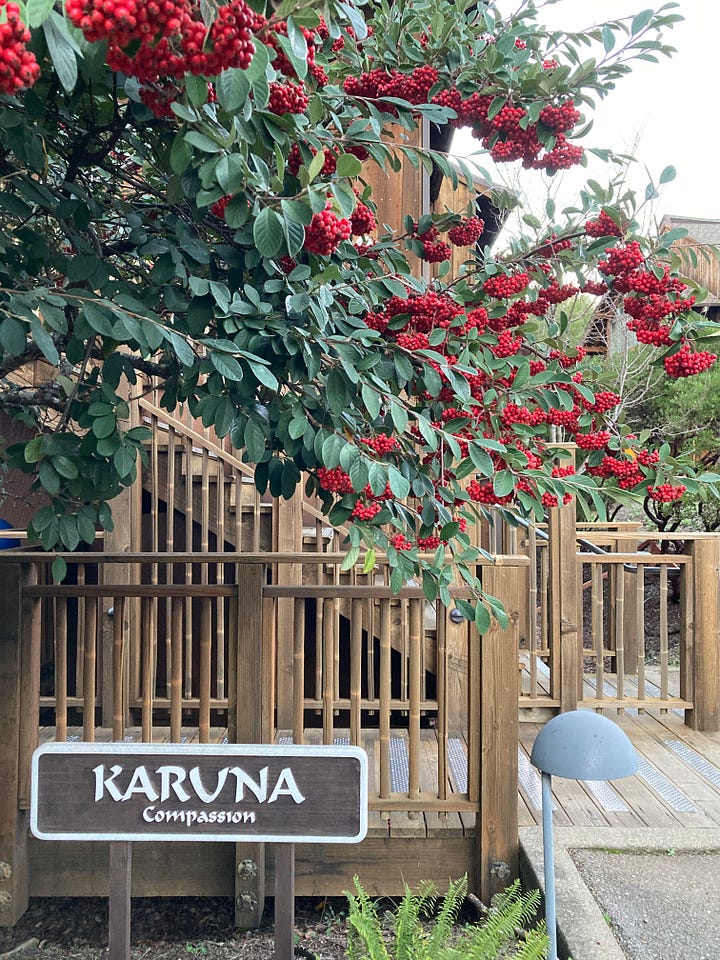
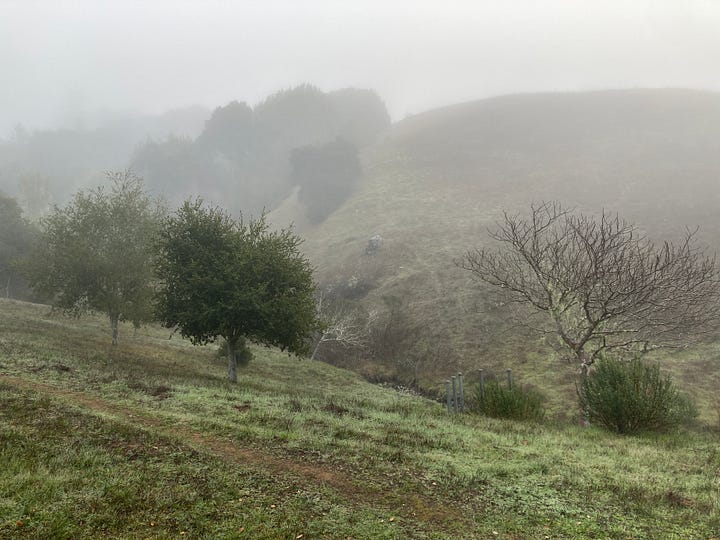
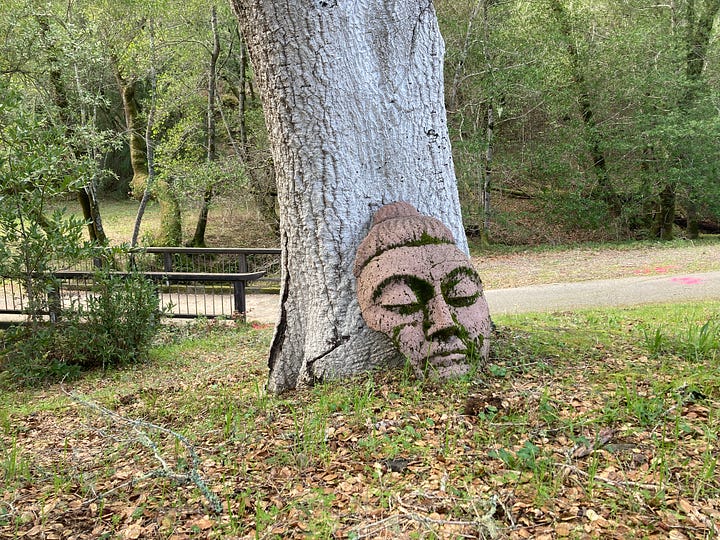
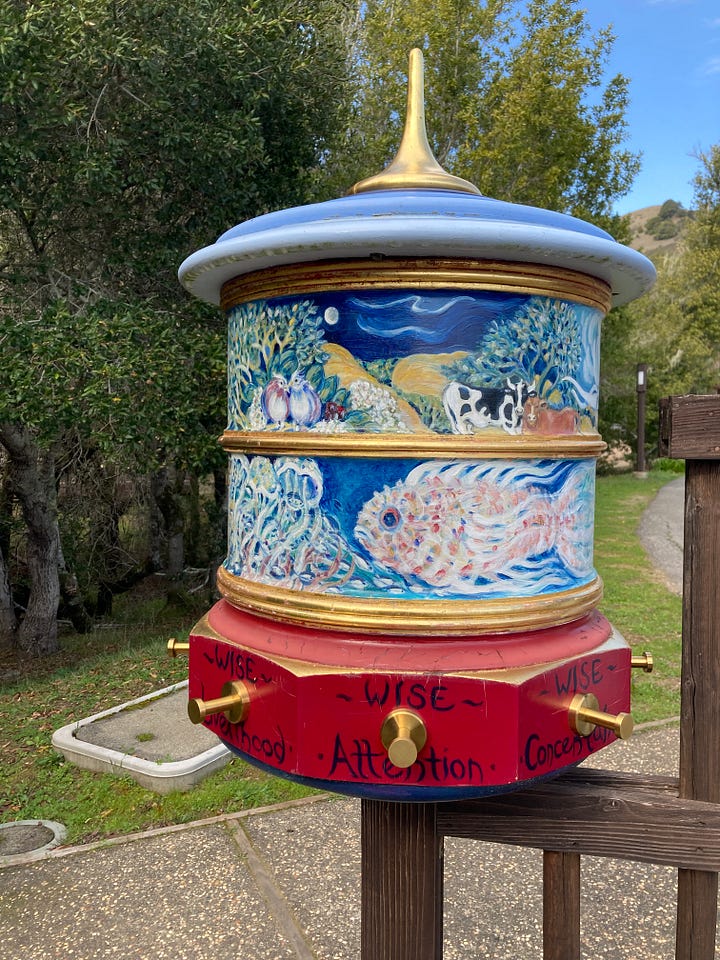
Since entering the stream1, my experience of rupture within Buddhist communities has been one of non-repair: harm occurs, and perhaps a reconciliation process is initiated, but the perpetrator of the harm cannot withstand the transparency that genuine reconciliation requires. Or, conflict arises between two traumatized individuals and neither party feels safe enough to be in a room together, to be in conversation, to build understanding. Trust is broken, people leave, and the sangha falls apart.
How can we build solidarity when we are not all on the same page? How do we have relationships across injury? How do we build systems of safety when a person doesn’t feel safe within themselves?
These were questions posed to us by Larry Yang, a beloved elder in the Insight tradition who has spent decades creating access to the Dharma for non-dominant multicultural communities.2 In his lecture, Multicultural History of Dharma, Mindfulness, Race, and Diversity3, Larry offered that we build effort and concentration in naming harm, being in integrity, and building solidarity rather than fragmentation. He offered that we prioritize building relationships over competition and that we resist “right” and “wrong” thinking.
It is that last thought, of resisting “right” and “wrong” thinking, that I am most interested in exploring and discerning. Since October 7, I have witnessed many in dharma communities engaging in debates on the “right” and “wrong” ways to be in solidarity with the Palestinian liberation movement. For example, Spirit Rock (and IMS) are spiritual organizations that have not recognized the genocide in Gaza and issued vague bans on “political symbols” (see: keffiyehs). These policies do not align with my values, and yet I am participating in CDL through Spirit Rock. In the black-and-white thinking of “right” and “wrong”, some would say it is out of integrity to be in relationship with Spirit Rock. I don’t think this is the case. We all hold different roles in the movement for a free Palestine. Some will choose to practice resistance from within institutions and some will practice their resistance outside of institutions. Neither is more moral. This is just one example of the many ways in which we’ll need to consider how we build solidarity when we’re not all on the same page in the coming years.
Is this tracking? Let me know but be gentle with me! These thoughts are clunky and I am also practicing not being afraid to sometimes say the wrong thing!
There is more to say but for now, I feel extremely grateful to be practicing these questions in community with my CDL cohort and I’m curious to know if these same questions are alive for you in your communities. Where and how are you finding relationships in which to feel safe enough and how are you thinking about solidarity in this moment?
xo Jessica
Thank you for reading SLOWLY, SLOWLY. If you would like to support this work, in the spirit of generosity, please consider becoming a paid subscriber. Otherwise, a click of the ♡ button goes a long way to supporting my work. So does leaving a comment or sharing these words with a friend.
SUPPORT MY DHARMA LEADERSHIP JOURNEY, pt. 2
re: CDL, thank you again to everyone who donated and helped me to reach my initial fundraising goal to cover some of the program costs. My words can only go so far in expressing how much your belief in me means. It wouldn’t be possible for me to participate in this program without your support. I’m thinking about fractals (always, duh) and how small things reverberate outwards and in that way, your gift will not only impact me but also the communities I hope to serve with the training that I receive.
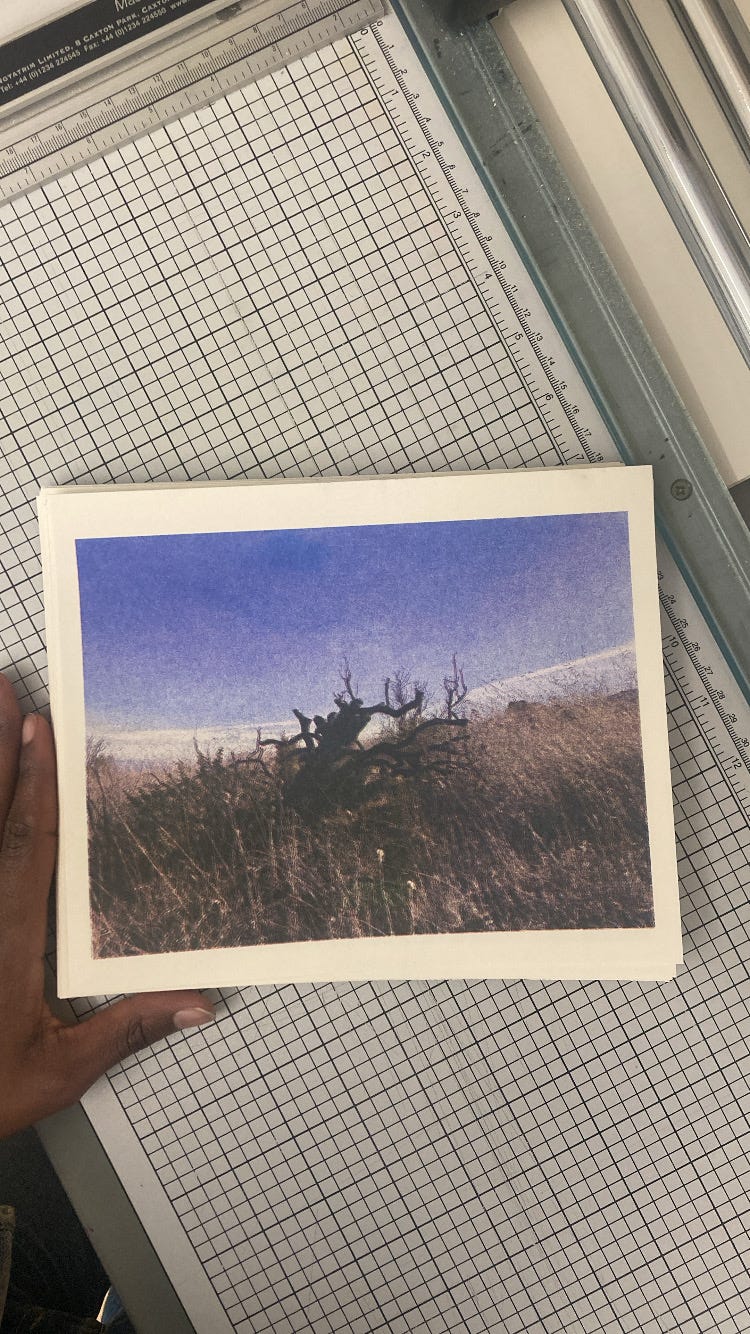
If you donated to my initial fundraiser, you can expect to receive my riso print, taking refuge in earth element: 5, in the mail in the coming months. Alternatively, if I see you regularly or you live in Brooklyn, you can expect I will hand you a gift in-person soon.
I’ve still got about $2,700 left to pay toward my tuition fees. If you’ve yet to make a donation, please consider sending one via Venmo (@Jessica-Angima) or becoming an annual paid subscriber to SLOWLY, SLOWLY ($50/year). You’ll get this sweet little print, as well as my endless gratitude for your support toward my dharma leadership journey.
On a Sisyphean journey to reduce the number of tabs I have open, I am once more doing a 🧹 clearing out 🧹, in the form of sharing my links with you.
Some celestial nightmare fuel (the best kind, IMO): Saturn is losing its rings at a “Worst-Case-Scenario Rate”. And astronomers have known this for a minute! Since 2018 to be exact. Read: As If Times Weren’t Unsettling Enough Saturn-is-Losing Its Rings
Do you know about John Cage’s silent composition piece 4’33”? It is a great piece of experimental art in which the score instructs the musicians not to play their instruments. Each performance of 4’33” is iterative, made up of silence and the ambient noise of the room in which it is performed. I just learned that John Cage also published a book of essays on the theme of silence that I’ve added to my Goodreads. Silence: Lectures and Writings by John Cage
I’m calling in something similar to this to wear on my 35th birthday this May: patterned, mid-length, bodiced (optional), reversible (a bonus) with less of a puff sleeve. Keeping an eye out on Poshmark and RealReal.
The poetry of Harryette Mullen, recommended by poet Jayson P. Smith at last year’s Poetry + Meditation event at 462 Halsey Community Farm.
I’m a Tea Head and only recently learned about Grand Tea & Imports. Planning a visit here imminently.
More books for the library 📚:
The Black Interior by Elizabeth Alexander explores contemporary African American artistic life through literature, paintings, popular media, and films, and discusses its place in current culture.
Heartland, Heartwork: A Field Guide to Place and Possibility is a comprehensive Field Guide designed to empower rural leaders in planning and executing effective place-based projects centered in arts, culture and creativity.
Felix Gonzalez-Torres: Specific Objects Without Specific Form is a book archiving the traveling retrospective exhibition of Felix Gonzalez-Torres's conceptual art practice. If you see this at your local second-hand art-book store pick it up for me and I’ll hit you back.
A letter to the Rev. Martin Luther King from Thich Nhat Hanh, sent on June 1, 1965. It was their first contact and they met for the first time in Chicago, a year later, on 31 May 1966. Read: In Search of the Enemy of Man
“Well, that was some weird shit.” Learning about this moment eight years after the fact reaffirms the possibility that I can live outside of the 24-hour news cycle. Watch: Hillary Clinton on Howard Stern, 2019 (Time Stamp: 2:30)
Work with me.
You can find me five days a week at Arena and often at 462 Halsey Community Farm.
🌞
“Entering the stream” refers to sotāpanna (Pali) or "stream-entry”. Stream entry is the first of the four stages of awakening characterized by learning and understanding the Triple Jewel of Buddha, Dharma and Sangha. Its gains its name from the fact that a person who has attained this level has entered the "stream" flowing inevitably to nibbana. Reference.
Literally, many of us would not have been in that room if not for Larry’s work. Check out his book Awakening Together: The Spiritual Practice of Inclusivity and Community. It will be coming back into print soon!
Extra context: this lecture was U.S. and Insight Meditation lineage focused.





So glad to have you as a dharma sibling, my friend. We've talked about this topic at length but something that is coming up for me right now as I read your piece is—we often talk about what a teacher owes a community when they've caused harm, but we often don't ask what is the sangha's role in creating the conditions and culture where power is checked and repair is possible. How do we fiercely, but lovingly create the possibility for forgiveness, honesty, and accountability?
Dear Jessica, thank you so much for this beautiful piece! Grateful to hear it in your voice as well.
Something that has been coming up for me over the last few months within my community and also on hearing you name the three jewels together is that so often in communities that I have been in they are separated in speech and writing. I’ve been exploring my relationship with the precepts and to me the separation of the three jewels feels like disparaging them. I so appreciated that you centered the three jewels and then spoke about Sangha acknowledging its exclusion in western Buddhist communities.
Also, naming that neither resistance within a community nor resistance outside a community is more moral is so beautifully put. On of my organizer mentors often says that there a many many ways of participating and we have to find ways to include them all.
I will be sharing this with so many people! I know many folks who will appreciate it.